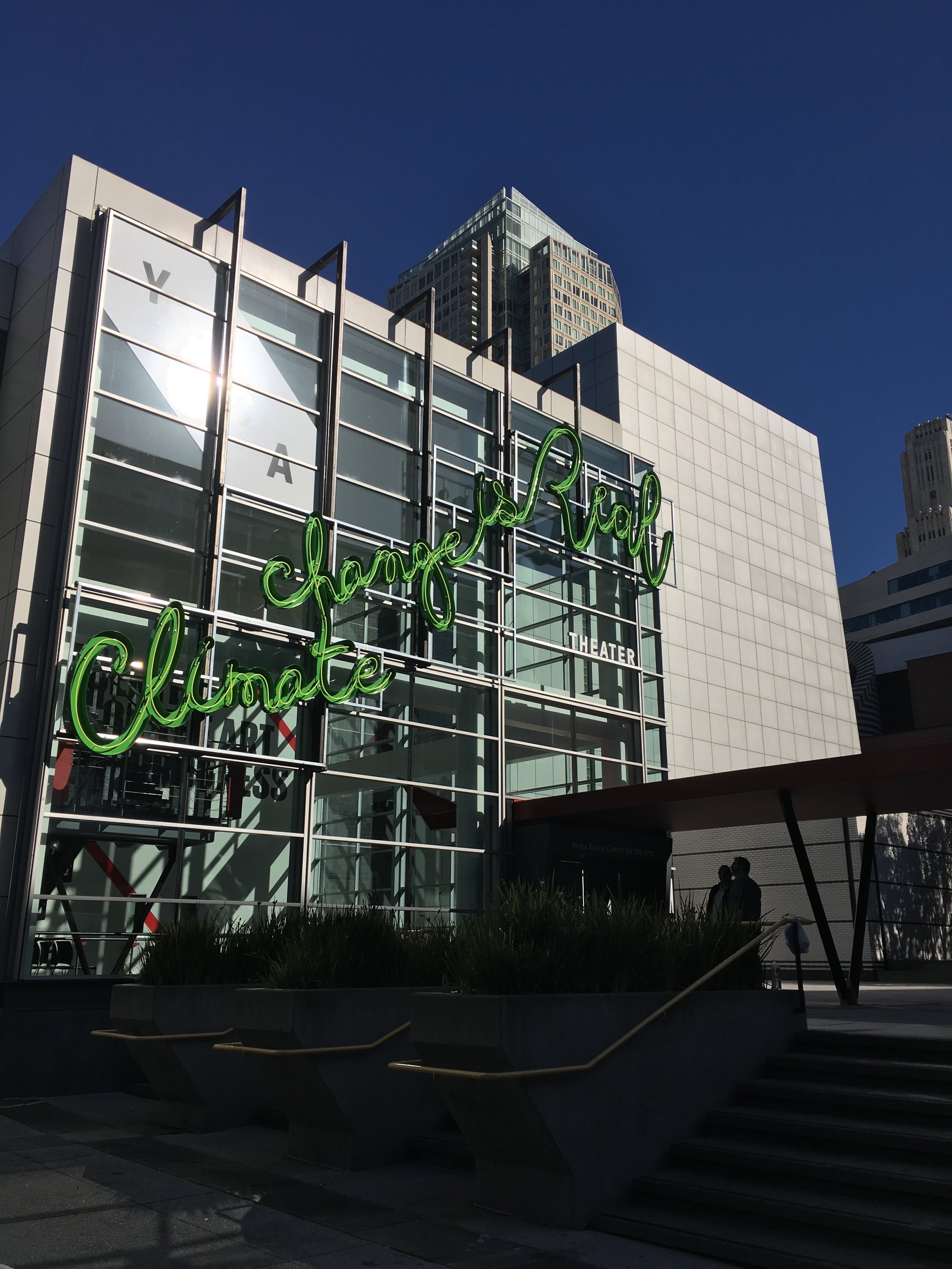Onward! Resilience Takeaways from the Global Climate Action Summit
This article originally appeared on Triple Pundit.
In some ways, it’s surprising how little the 2018 Global Climate Action Summit focused on climate adaptation. Only two the 500 official announcements emanating from the annual event, which concluded last Friday, relate to adaptation.
And though The Exponential Climate Action Roadmap, published on the CGAS opening day by its leadership, explained that “the roadmap outlines the global economic transformation required by 2030 to meet the Paris Agreement on climate,” it asserted that the Paris Agreement’s goal to reduce the risk of dangerous climate change “can be achieved if greenhouse gas emissions peak by 2020, halve by 2030 and then halve again by 2040 and 2050.”
Actually, this isn’t quite right. The Paris accord has goals – plural. In addition to the above objective, the Paris Agreement covers global approval for adaptation, resilience and reduced vulnerability. It requires signatory nations to plan and apply adaptation, report adaptation efforts and needs, and – every five years – measure adequacy, effectiveness and progress. Indeed half of the Paris Climate Agreement is about adaptation. (For those of you who keep score, adaptation is mentioned 47 times in the agreement while mitigation only 23. Check it out.)
So while the climate media and GCAS may be distorting the Agreement’s reality, the resilience initiatives featured at the Summit and affiliated events are awesome and deserve to be encouraged and supported in their own right.
Here is my roundup of a baker’s dozen of highlights that deserve our attention and promotion as we fuel ambition for adaptation:
James Lee Witt, former director of the Federal Emergency Management Authority at the Summit representing the National Association of Counties and discussing Community Readiness boldly pointed out that to break the damage/repair/damage/repair cycle in certain cases, we must “make climate action happen by migrating households out of harm’s way.”
Sanjay Wagle, Managing Director of the Lightsmith Group, launched a resilience finance technical facility for lower income and small island nations, based on the progress of the firm’s award-winning Climate Resilience and Adaptation Finance and Technology-transfer facility (CRAFT).
Emilie Mazzacurati, founder and CEO of Four Twenty Seven Inc., introduced the firm’s latest innovation, a project to identify and calculate the macroeconomic risks of climate change for every country and ensure that governments can access its data.
Tom Steyer (At the Cities4Climate Event hosted by C40), who is a hedge fund manager, philanthropist, activist and the money and brains behind Risky Business, gave credit for California’s progress on climate action to community activists. He contended that California’s climate progress “is due to the leadership of the environmental justice movement – they are the high water mark in terms of morality. They make climate change a kitchen table issue.”
The Natural Resources Defense Council (NRDC), is working on the biggest climate change killer out there, heat stress, by helping Indian states adopt heat action plans with public awareness campaigns, better identification of vulnerable populations and expanded use of reflective surfaces.
C40 for its Deadline 2020 initiative – a commitment from 73 cities, representing over 425 million citizens, to develop inclusive climate action plans to strengthen resilience and address adaptation along with mitigation in their work.
ICF’s Robert Kay, who foresaw that GCAS would be a key set of dialogues and initiated plans for the robust affiliate event, “Building Resilience Today for a Sustainable Tomorrow,” that brought together the Global Resilience Partnership with BSR and the United Nations initiative, Anticipate, Absorb, Reshape.
Global Real Estate Sustainability Benchmark (GRESB) hosted a Climate and Resilience Preview where real estate investors waded into the deep of both reporting the climate risk embedded in their holdings and working to mitigate it. It included Romilly Madew, CEO of Australia’s Green Building Council, who has mainstreamed real estate climate change risk assessment among her members.
The Pacific Coast Collaborative led by Governors Jerry Brown (CA) and Jay Inslee (WA), who launched a new effort to strengthen climate resilience through collaboration that results in climate resilience for local communities and infrastructure.
Global Adaptation and Resilience Investment (GARI) work group and Willis Towers Watson’s Carlos Sanchez, who together are promoting the development of financial tools and instruments for the management of portfolio exposure to climate risks.
Connecticut Governor Dannell P. Malloy led with his proudest climate action: Creating resilience through traditional finance by applying state bond proceeds to neighborhood microgrids. This occurred after the state was pummeled by extreme snow events that cut power for days.
BSR provided leadership from Samantha Harris with its new Climate-Resilient Value Chains Leaders Platform. Launched with climate resilience leaders Mars Inc. and Coca Cola, the initiative focuess on long-term models for corporate buying that require resilience.
Mayor Lionell Johnson Jr. of St. Gabriel, Louisiana, (population: 6,677),who launched the Mississippi River Investment Coalition to grow local financing of resilient infrastructure “because the heart of America is experiencing climate change every day, affecting our economies and our workforce.”
Next week, the UN General Assembly is in session and, concurrently, New York City’s 10thClimate Week will be held. More resilience action will occur there as adaptation continues to gain momentum with leaders around the globe.
Meanwhile, the high-level “Summit Champions” responsible for making GCAS 2018 more than just another meeting by fueling ambition for climate action, are encouraged to think twice about the Paris Climate Agreement – specifically, No. 1, mitigation and No. 2, adaptation.
And act with urgency on both.
Image credit: Joyce Coffee

